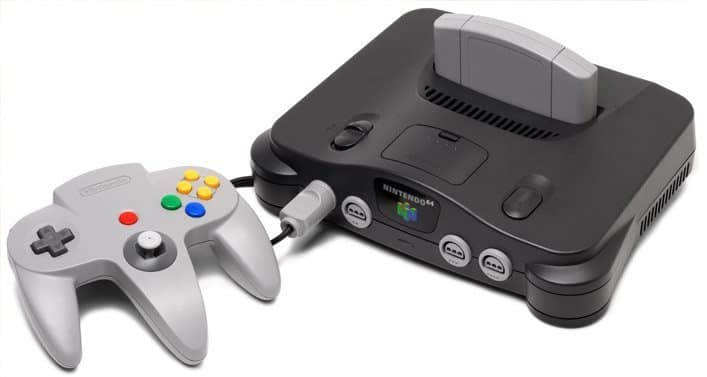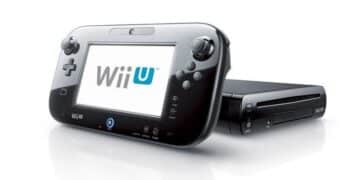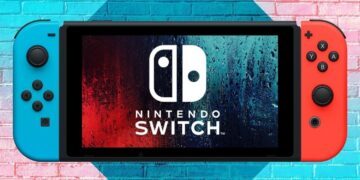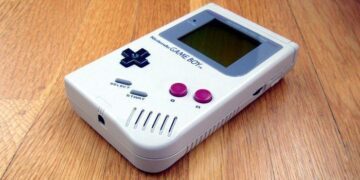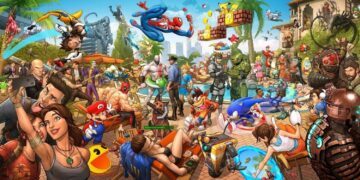The Nintendo 64, or N64 as it’s vastly known, was a ground-breaking console in many respects.
A truly revolutionary console that held many firsts and lasts of modern gaming.
A console that helped shape gaming as it is today.
So there will be a few things that surprise you to learn about the N64, like did you know that they had some help designing the graphics drive?
Or that there was also a disc-drive expansion to the N64?
All of these and more mind-blogging facts are here, so all you retro readers out there enjoy them.
The Nintendo 64 went through a few name changes before its release. When developers started working on it they gave it the code-name ‘Project Reality’. It was later named the ‘Nintendo Ultra 64’, in honor of several toys made in the 1960’s such as the ‘Ultra Hand’, although this name was shortened to just the ‘Nintendo 64’ as Konami held a trademark on the name ‘Ultra Games’.
When the N64 came out it was in very high demand. Several celebrities – including Steven Spielberg, Matthew Perry, and a few of the Chicago Bulls – tried contacting Nintendo to play the celebrity card and get preferential treatment in receiving one.
By December 31, 2009, the N64 had sold 32.93 million units. 5.54 million of them were sold in Japan, 6.76 million in other regions worldwide, and a whopping 20.63 million were sold in the Americas. That’s right, just under two-thirds of N64s sold in the first year were sold in North and South America!
The Nintendo 64 was a ground-breaking console, being the first 64-bit processor console.
The N64’s controller was also the first controller to ever feature an analog stick. That’s right, 3D graphics AND the analog stick, the N64 really did have it all.
However, the analog stick wasn’t all good news. Many of the mini-games in Mario Party required players to use the analog stick, most often with the palm of their hands, which would sometimes cause the players to get blisters on their hands. After a successful lawsuit against Nintendo, they were legally required to give gloves to players with the game as a safety precaution.
When most people think of the N64, they see the gray console Nintendo originally released. As Nintendo grew with the success of the N64, they released a whole host of different colored N64’s in green, blue, orange, red, black, and pink.
As well as the different colored consoles, Nintendo also released some special edition versions of the N64, including two blue and one orange Pikachu editions, as well as a Pokémon Battle Set version, a Jungle Green edition to commemorate the release of Donkey Kong 64, and a Gold edition exclusive to Toys R Us stores.
Speaking of Donkey Kong 64, this game holds a unique title amongst all N64 games as it is the one with the longest amount of gameplay.
When the Nintendo 64 first came out, it had only 2 games available to its users across the world. However, Japan was lucky enough to get a third game, Saikyo Habu Shogi, along with Super Mario 64 and Pilot Wings 64.
Although there were only 2-3 games to start with on the N64, Nintendo released a whole library of games as time went on, bringing the total up to just shy of 400 games!
The final N64 cartridge ever made was Tony Hawk Pro Skater and was released in 2002.
At the end of World War II, South Korea banned Japanese cultural imports, meaning that the N64 was banned. Because of this, it was released by South Korean company Hyundai and was re-branded as the Comboy 64.
The N64 was the last major console to use cartridges. Despite this, there was a disc drive add-on called the 64DD showcased at the 1999 Space World Today game show in Japan, but this was never released outside of Japan.
As an expansion of the 64DD, the N64 also had an online service where players could download demos and compete online. It cost $25 a month, but like the 64DD, it never made it out of Japan.
Founder of Netscape, Marc Andreessen, proposed to Nintendo the idea of creating an online service for the N64. However, Nintendo backed out of this as they wanted full control of the N64.
In Japan, the Nintendo 64 was actually an under-seller! Many believe the reason for this was due to the fact that it had a lot fewer Role Playing Games (or RPGs) than the PlayStation, which is one of the most popular genres of games in Japan.
The N64’s release was delayed until 1996, after the Sega Saturn and Sony’s PlayStation had already come out. However, the impending release coupled with the N64’s low cost meant that many people waited for the N64 rather than buy one of its competitors. The N64 was officially released in the US on September 29, 1996.
Unlike its predecessors, the NES and the SNES, the N64 has maintained barely any status as a collectible console. Available at release for roughly $200 you can now pick up an N64 (depending on extras and what edition) for about $100.
During the development of the N64, Nintendo had some help developing the 3D graphics hardware and the microprocessor used in the N64 from both Silicon Graphics and MIPS technology. Due to this help and the great success of the Nintendo 64, we have the revolutionary graphics that today’s consoles give us.
